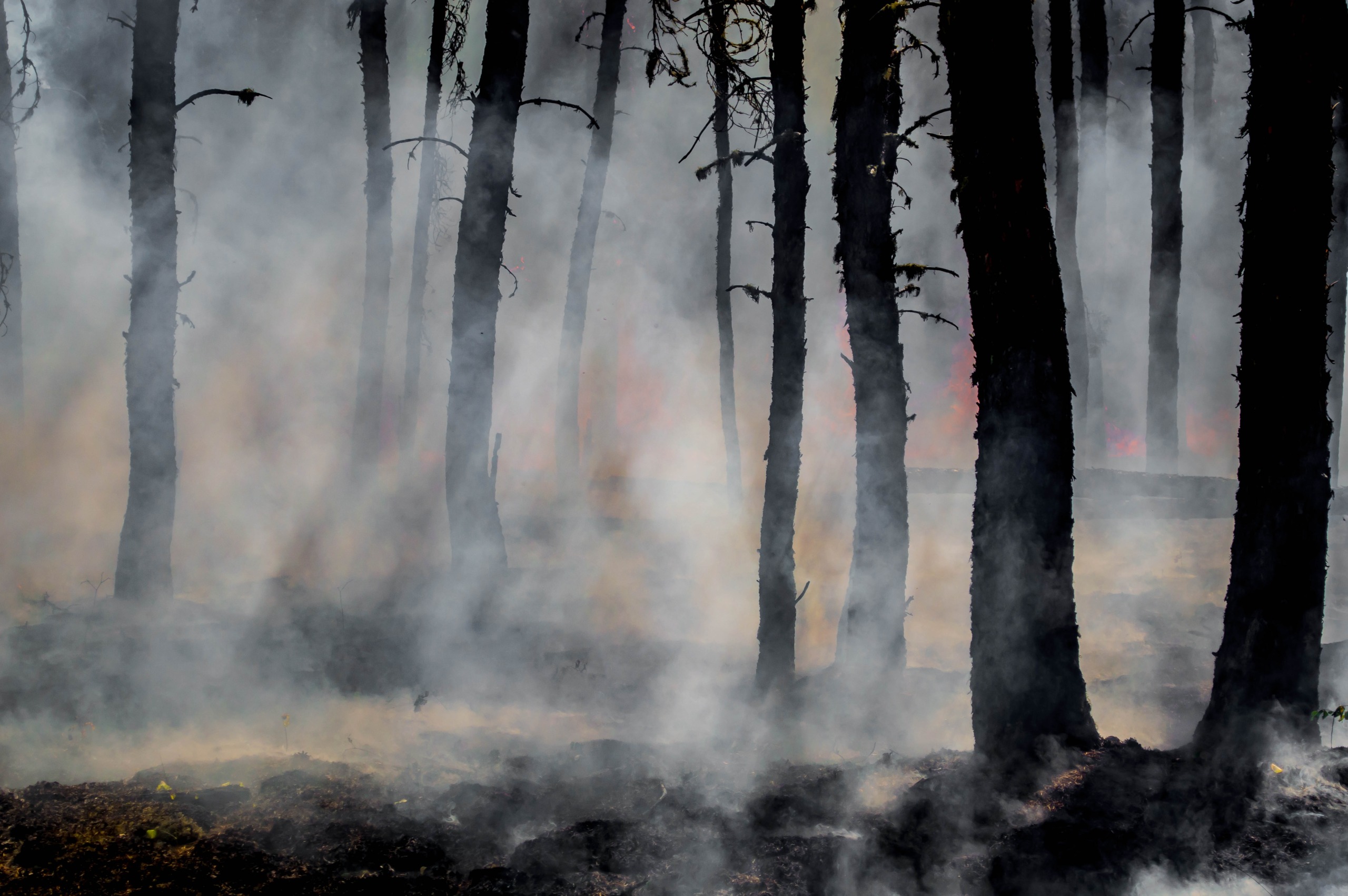Lessons in rebuilding after a wildfire
Unprecedented wildfires across Canada are forcing residents to consider if and how their communities can rebuild after a climate disaster. When the entire town of Lytton, BC, burned down on June 30, 2021, the community faced this dilemma. Recognizing the historical and cultural significance of the land, the community decided to rebuild. To avoid a similar fate in the future, they knew they had to rebuild better.
For two years, locals have been left in limbo, unsure about how to rebuild and finance it. Now rebuilding is finally beginning. To be sure, speed is important. At the same time, efforts to rebuild Lytton offer lessons for other communities facing wildfire risks.
Leaning on our expertise in climate action planning, net-zero building, and adaptation, SSG provided recommendations for PacifiCan’s Rebuild Lytton Program that will guide residents to rebuild homes that are wildfire resilient and net-zero ready. The PacifiCan program is now live and Lytton homeowners are eligible for up to $24 per square foot and $45,000 for net zero ready rebuilds, along with $10,000 for wildfire resilient rebuilds. (Net zero ready homes are built to the same standards as net zero homes, but without a renewable energy system installed.)
We’ve pulled out three key takeaways that are relevant to communities outside of Lytton.
- Coordination is key. Coordination among governments, builders, and insurance providers is essential. Insurance providers typically cover only the replacement cost of rebuilding, so additional funding is needed to rebuild to higher standards. Federal, provincial, and municipal governments can coordinate with the insurance and building sector to provide comprehensive information to residents on how to finance and build energy efficient and resilient homes and businesses.
- Fire smart guidelines should be mandatory. In BC, fire smart guidelines are available to homeowners; however, they are voluntary. The guidelines provide resources, such as checklists, demonstrating how homeowners can make improvements to their homes and surrounding areas to be more wildfire resilient. Our research showed that landscaping design, vegetation types, planning, and placement significantly affect a home’s vulnerability—making the difference between whether a house burns down or not.
- Builders associations can make net zero easy. Building associations such as the Canadian Home Builders Association, which is collaborating with the government on the PacifiCan Rebuild Lytton program, provide access to trained professionals for residents opting to build to net-zero standards.
Communities across Canada can learn from Lytton’s experience by taking preemptive actions to plan and implement similar programs to mitigate GHG emissions through net-zero design and reduce their vulnerability to climate-related disasters.
–
Want to know more about SSG’s climate adaptation services? Reach out to us at info@ssg.coop.




